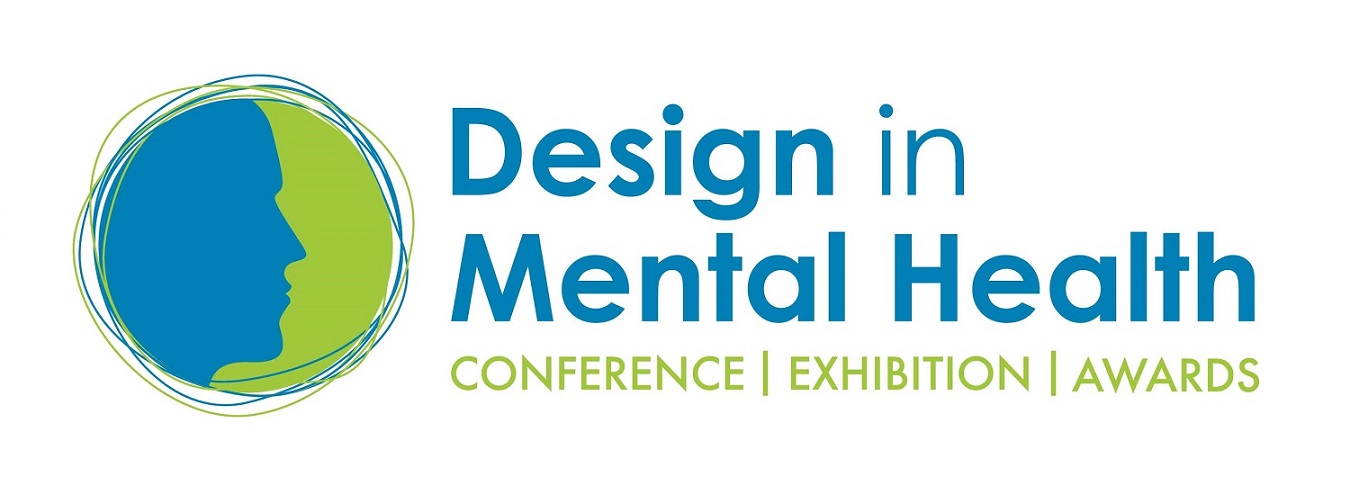Step Exhibitions
Sensory Friendly Wards
Time: 12:10 - 12:30
Date: 8 June 2023
Funding has been given by NHS England to make inpatient wards more therapeutic for people on the autistic spectrum. Many autistic people have sensory difficulties, where they are over-sensitive or under-sensitive to the world around them. The project is intended to focus on four wards to create change which can be applied across the remaining… Read more »
Design in Mental HealthSynopsis
Funding has been given by NHS England to make inpatient wards more therapeutic for people on the autistic spectrum. Many autistic people have sensory difficulties, where they are over-sensitive or under-sensitive to the world around them. The project is intended to focus on four wards to create change which can be applied across the remaining 50 plus wards in the Trust. The project will run from September 2021 to October 2022.
Organisations who are partners in the projects
Experts by experience (EBE Network) – To be part of the Task Force group to over see the implementation of changes.
Autism West Midlands – To deliver training to bring the experience of inpatient wards for people with LDA to life for ward teams.
Estates partners internal and external – To support estates solution and take forward practical changes to the environment.
Birmingham and Solihull CCG
The project aims to improve four (3 acute) inpatient ward environments to improve service user and family experience and clinical outcomes. It is also expected that paying attention to sensory impact will reduce distress and restrictive practice and improve the experience of care. The project has 4 main stages.
1 -Training of staff and the wider multi professional team to increase their awareness, knowledge, and skills in understanding the sensory impact of a ward environment and an ability to develop and put in place simple strategies to support patients in their recovery. This will also include identifying and training key staff to further increase skills to take a lead in the future.
2 -Establishing a task force (working with EBEs, current inpatients, external experts, estates team and the wider staff team) to identify and make changes to the ward environment. These changes will include the addition of equipment and physical adaptations to the environment.
3 -Making the changes and maintaining the momentum through a regular task force group and local weekly ward meetings.
4 -Measuring and understanding the impact of changes and sharing learning. The Trust use a quality improvement methodology which is suited to measuring the impact of the changes to allow learning and sharing across the Trust.
Many of our inpatient staff lack knowledge in this area and are therefore missing opportunities to make simple changes to reduce the negative impact of a ward environment. The project will seek to enhance staff knowledge and skills, identify, and deliver changes which will improve the environment to respond to the needs of service users in particular those with autism and / or learning disability whose recovery could be adversely affected by the environment. It is believed that through increasing our understanding of the experience of people with autism /LD we can make practical changes which will not only reduce distress, but also reduce restrictive practice improving the effectiveness of treatment, reducing length of stay and improving the experience of service users and their families.
Much of our estate is older and has not been designed with sensory considerations in mind and the physical environment can create stress due to noise, light, and a lack of soft furnishings. We believe this will also support the recovery of service users who do not have autism or LD and the well-being of staff who work in the ward setting.
Aims
Improved service user experience in an inpatient ward
Improved co production and a better understanding of the needs of individuals with autism and / or LD
Improved environment reducing distress and creating a calmer more therapeutic environment.
Reduced restrictive practice ie seclusion, restraint etc
Reduced incidents of self-harm, violence
Improve understanding of staff about the impact of the environment and how to regulate this for the benefit of all
Improve staff satisfaction and morale about working more effectively with this client group
There have been various change ideas that have been implemented
« Back



